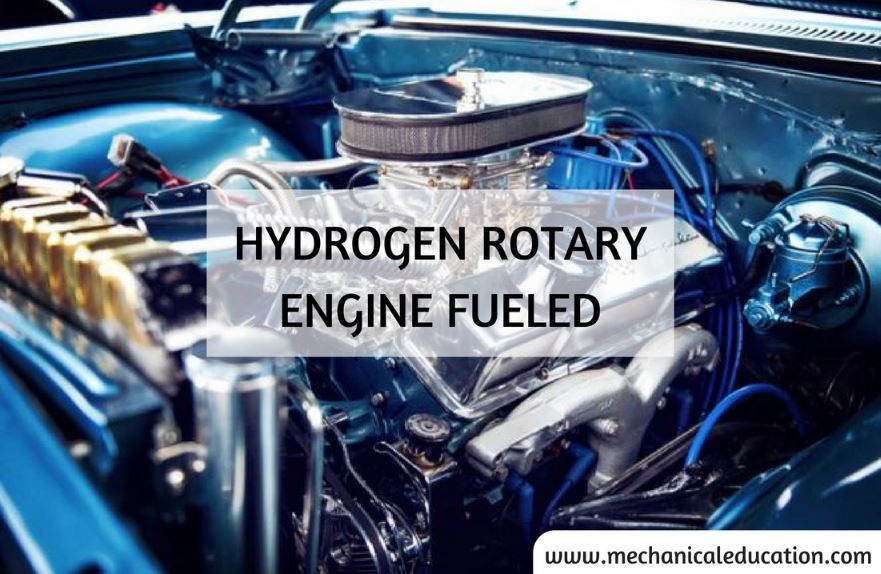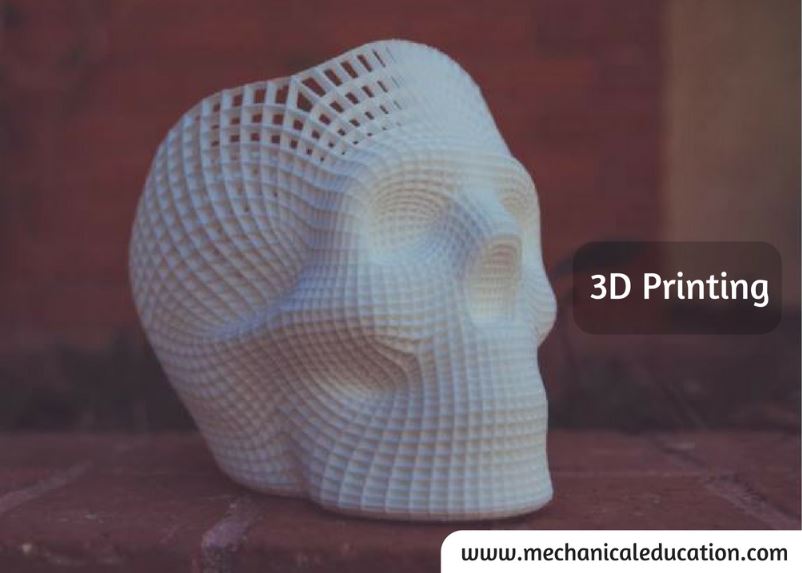RPM stands for revolutions per minute, which is a measure of how fast the engine crankshaft is spinning. It is an important indicator of the engine’s performance and can be used to determine a variety of factors related to the car’s operation. Here’s what you need to know about RPM in cars:
- RPM Basics: In a car, the RPM gauge indicates how many times the engine’s crankshaft completes a full rotation in one minute. The RPM gauge is usually located on the dashboard and displays the current RPM reading in a range from 0 to around 8,000 or 10,000, depending on the car model.
- Engine Performance: The RPM reading is an important indicator of the engine’s performance. At low RPMs, the engine is running slowly and has less power output. At high RPMs, the engine is running faster and can produce more power. In general, the engine’s maximum power output is achieved at a specific RPM range, known as the power band.
- Gear Selection: RPM readings can also be used to determine the ideal gear selection for the car. For example, when the RPM reading is low, the car may need to be shifted down to a lower gear to maintain speed or accelerate. Similarly, when the RPM reading is high, the car may need to be shifted up to a higher gear to prevent over-revving.
- Fuel Efficiency: The RPM reading can also affect the car’s fuel efficiency. Generally, running the engine at a lower RPM can result in better fuel efficiency. This is because the engine is using less fuel to maintain a lower speed.
- Redlining: Redlining is a term used to describe the maximum RPM level that the engine can safely reach. Going beyond the redline can cause significant damage to the engine, so it’s important to pay attention to the RPM gauge and shift gears appropriately.
Here is a table summarizing the RPM ranges for different driving conditions:
| Driving Condition | RPM Range |
| Idling | 600 – 1,000 RPM |
| City Driving | 1,500 – 3,000 RPM |
| Highway Driving | 2,500 – 4,000 RPM |
| Redline | Varies by car model, typically 6,000 – 8,000 RPM |
Overall, understanding RPM is an important part of operating a car effectively and safely. By paying attention to the RPM gauge and shifting gears appropriately, drivers can optimize engine performance, fuel efficiency, and overall driving experience.
Frequently asked questions
1.What does RPM stand for in the context of cars?
RPM stands for “Revolutions Per Minute.” It measures the number of complete revolutions a car’s engine makes in one minute and is used to gauge the engine’s speed or how fast it is running.
2.How is RPM measured, and what unit is used to express it in the automotive context?
RPM is measured using a tachometer, a gauge found on a car’s dashboard. The unit of measurement for RPM is revolutions per minute, often expressed as RPM.
3.Why is understanding RPM important for drivers and car enthusiasts?
Understanding RPM is crucial as it provides insights into the engine’s performance. Monitoring RPM helps drivers shift gears at the right time, optimize fuel efficiency, and avoid over-revving, which could lead to engine damage.
4.What is considered a normal RPM range for a car’s engine during typical driving conditions?
The normal RPM range varies between different vehicles and their engines. However, during idle or light driving, many cars operate in the range of 600 to 1000 RPM. The RPM increases during acceleration and decreases during deceleration.
5.How does RPM relate to a car’s transmission and the shifting of gears?
RPM is closely tied to a car’s transmission and gears. Drivers use the tachometer to determine when to shift gears for optimal engine performance. Shifting at the right RPM helps balance power and fuel efficiency.
6.What is redlining, and why is it important to avoid consistently operating an engine in this zone?
Redlining refers to pushing the engine to its maximum RPM, often indicated by a red zone on the tachometer. Consistently operating in this zone can lead to excessive wear and potential engine damage, making it important to avoid for prolonged periods.
7.Can a driver manually control RPM, and how does it relate to using the accelerator pedal?
Yes, a driver can manually control RPM by adjusting the pressure on the accelerator pedal. Pressing the pedal increases RPM, while releasing it decreases RPM. This control is fundamental for managing speed and acceleration.
8.How do automatic and manual transmissions differ in terms of RPM management?
In automatic transmissions, the car’s computer manages RPM and gear shifts. In manual transmissions, the driver has direct control over RPM through gear changes using the clutch and shifter.
9.What are the potential consequences of consistently driving a car with low RPM or high RPM for extended periods?
Consistently driving with low RPM may lead to sluggish performance and poor fuel efficiency. Driving with high RPM, especially in the redline zone, can result in engine overheating, increased wear, and reduced engine lifespan.
10.Are there aftermarket modifications that can be made to adjust or enhance a car’s RPM range?
While some modifications may impact engine performance, adjusting the RPM range is generally not recommended. It’s essential to follow manufacturer guidelines to maintain the car’s reliability and warranty.




